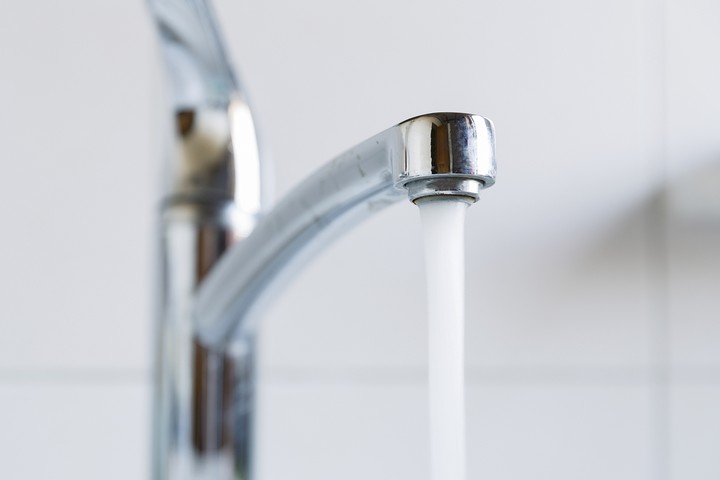Dressing or filling your bathtub or sink can be frustrating when dealing with poor water pressure. Fortunately, you don’t have to just endure this problem.
Depending on why you have low water pressure, you might be able to find a solution on your own, or you might need to call a plumber. So, to help you determine the root of your problem, let’s look at nine possible causes of low water pressure in your house.
1. Your house’s main valve or water meter valve might not be fully open
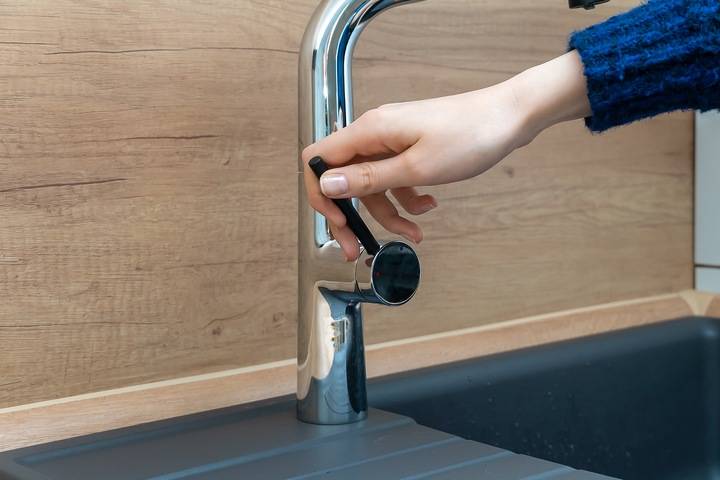
If a plumber recently visited your house, or if you took care of some repairs on your own, perhaps the cause of your low water pressure issue is that your house’s main water shutoff valve is only partially open.
Locate this valve and rotate its handle until you can be sure it’s fully open.
Or perhaps a plumber failed to fully open your house’s water meter valve after doing some maintenance on your plumbing system. Remember that these two valves control the water flow in your house.
2. Your water pressure regulator might be faulty
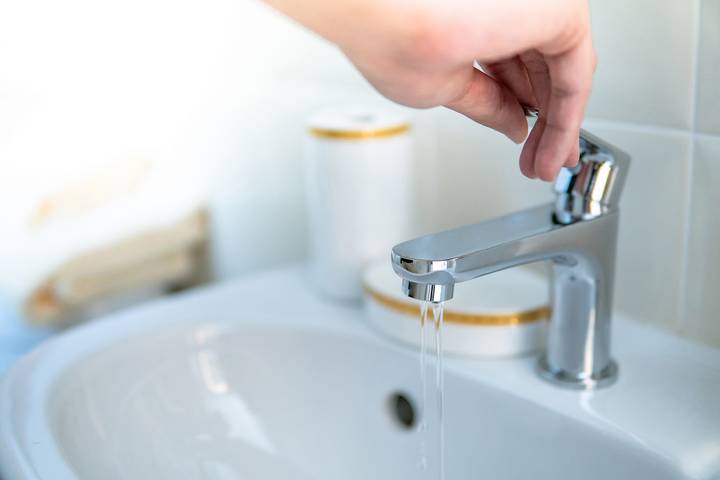
If both valves are fully open, the problem could be that your house’s water pressure regulator might be faulty or set incorrectly.
A water pressure regulator is a device that might be installed near your home’s main water shutoff valve. Its purpose is to control the water pressure to ensure it’s safe for your pipes. But if this device has an issue, it might be causing this frustrating low water pressure.
The solution is to call a plumber to the rescue.
3. Your water pipes might be old and corroded
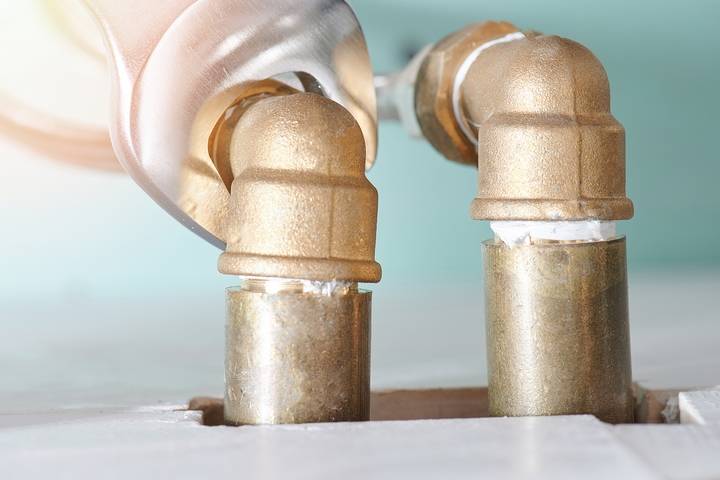
If your house is quite old, your pipes might be made from steel. The issue with steel water pipes is that they erode over decades. A buildup of corrosion gradually clogs the pipes, which results in poor water pressure.
If this is the cause of your problem, a plumber might need to upgrade your house’s entire plumbing system.
4. There might be a clog inside one of your pipes
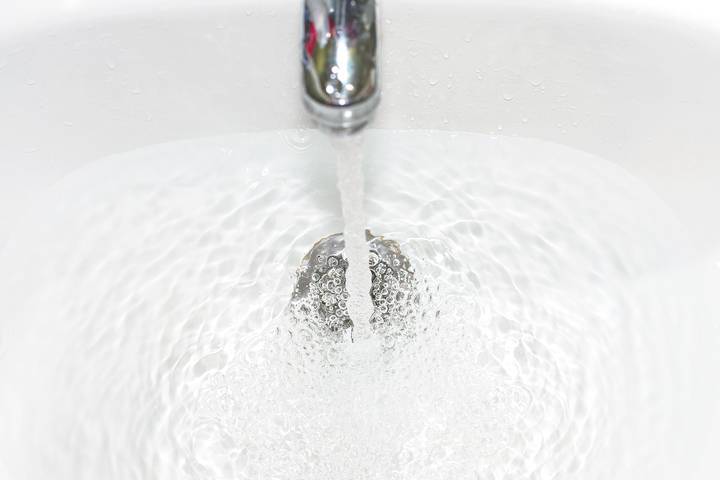
Some might be clogged with minerals and other sediments even if your water pipes are not old steel. And this could be why you have low water pressure in your house.
Of course, you cannot do much about it besides calling a plumber. They will have the expertise to locate and unclog the clogged pipe.
5. You might have a leaking pipe somewhere in your house
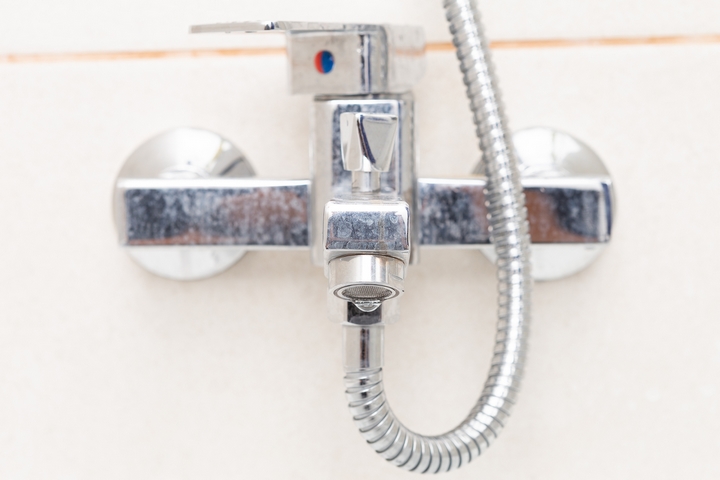
Leaking pipes are one of the more common causes of low water pressure in a house. A small leak might not be enough to lower the water pressure in your house, but if your pipes have a few severe leaks, it could explain your issue.
You need to repair leaking pipes as quickly as possible, especially since they could cause water damage and rot inside your house.
6. Your aerators or showerheads might be clogged
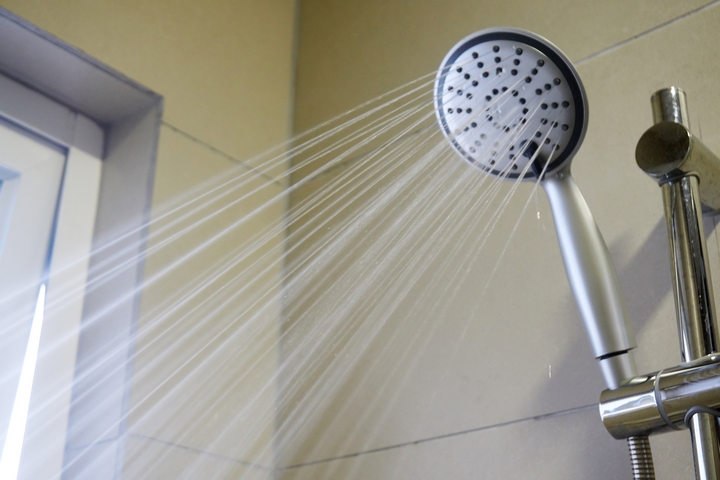
If only one sink in your house has poor water pressure, it could be because its aerator is clogged with dirt and sediments. You could try removing the aerator and letting it soak in white vinegar for 5 minutes before screwing it back in place.
Similarly, if you only struggle with low water pressure when you shower, it could be because your showerhead is clogged. Once again, you should be able to fix the problem with a bit of vinegar and some patience.
7. You might be using too many appliances all at once
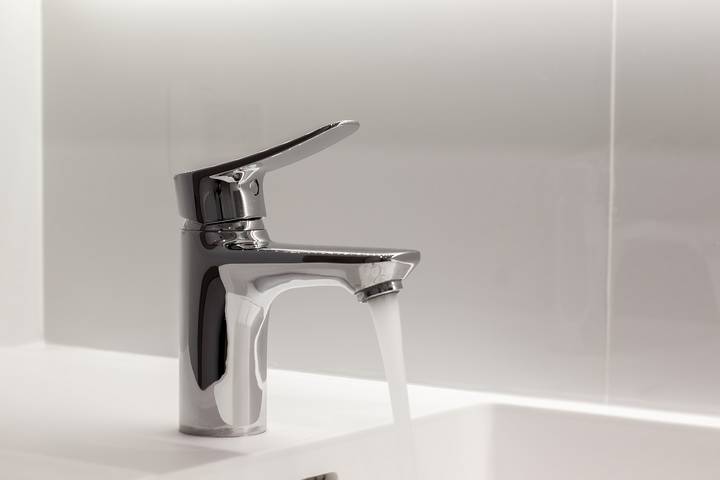
If you’re trying to shower while your washing machine and dishwasher are running, it makes sense that you might be experiencing low water pressure.
Avoid using too many water-using appliances all at once, and check if you still have low water pressure in your shower.
8. The water usage of your neighbours might be the cause
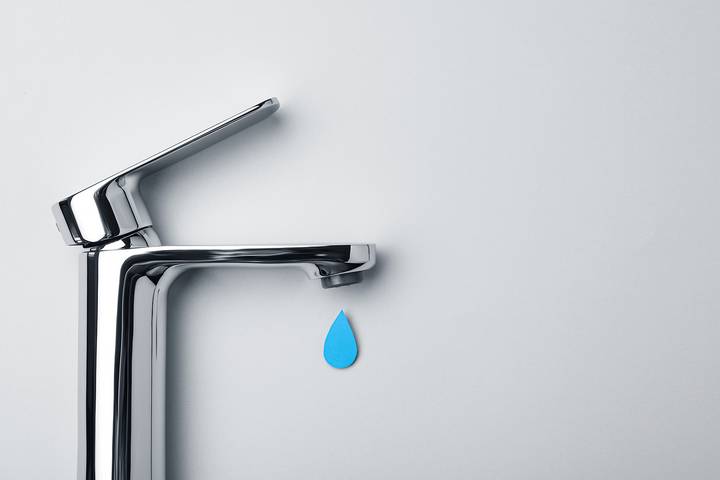
Your house might receive water from the same water line that goes to your neighbours’ house. Shared pipelines could mean you and your neighbours might be experiencing low water pressure if you use water simultaneously.
Changing your routine might be the simplest way to ensure you can enjoy proper water pressure when you shower or bathe.
9. There might be an issue with your water supplier
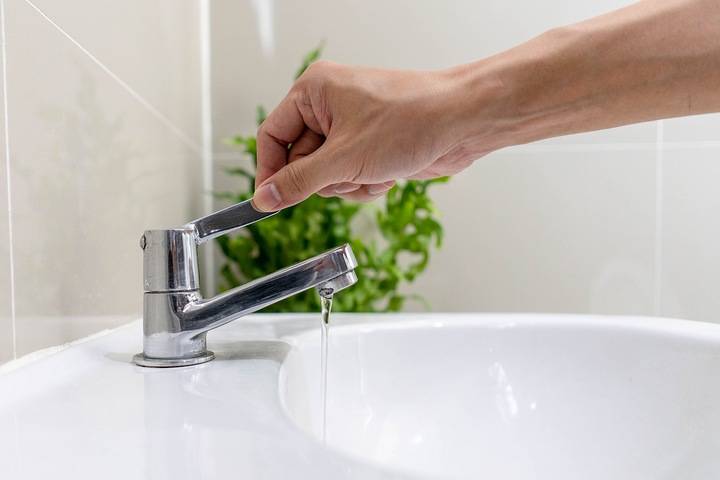
Finally, if your pipes and plumbing fixtures are fine, and if your low water pressure problem appeared suddenly, it could simply be because of an issue with your municipal water system.
Contact them to check whether that might be the case, and then wait for your water supplier to fix their issue.

